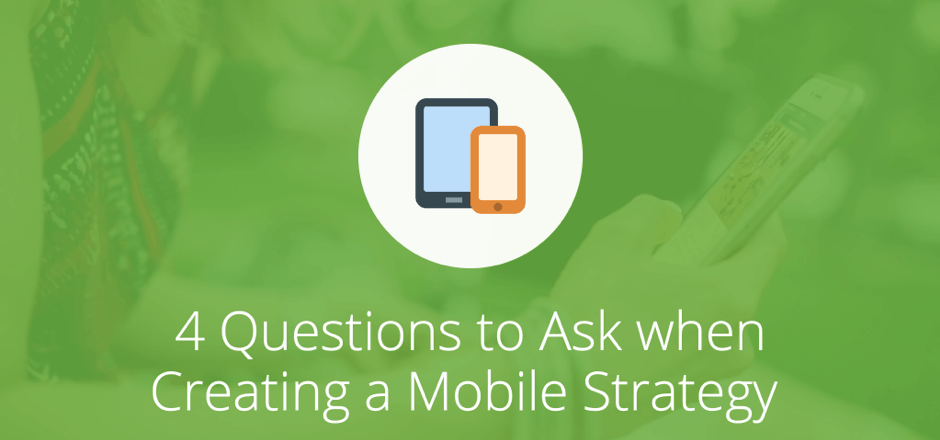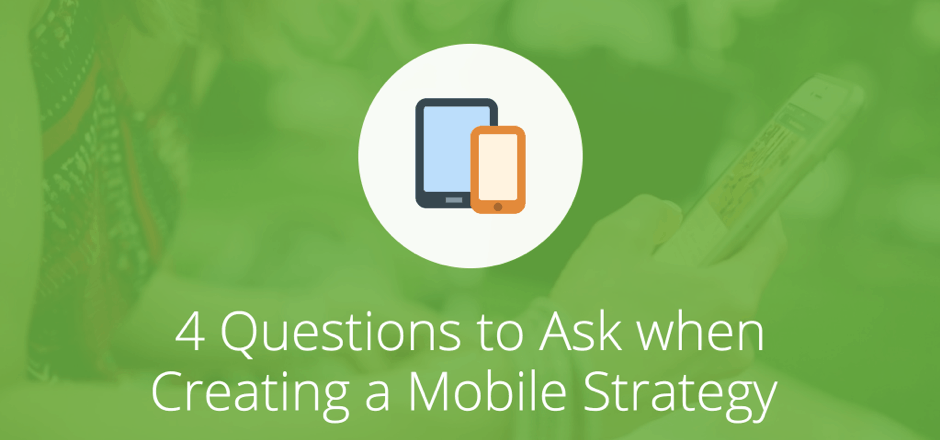As media companies create their mobile strategies, they should think about available niche opportunities, what audience members and advertisers want, and how much user experience is valued.
Reposted from the INMA Mobile Strategies Blog

Along with their flagship app properties, news media companies have entered the mobile mix with a plethora of app products.
We’ve even heard of media companies with more than 100 offerings in the app store. While more may seem like, well, more, 100+ specialty apps could make professional life a little unwieldy for your digital strategy team.
Take for example The Dallas Morning News, which recently talked about reducing its portfolio from more than 30 apps to just four in INMA’s own strategic report “Smartphone app lessons for media companies” in an effort to focus the offering.
Until recently, the app approach has largely been “everything for everyone.” But saturating the market with generic look-alike app products can fragment your following and fail to gain audience share.
So how do you expand in the mobile space in a meaningful way? When searching for a new raison d’etre in the mobile market, what’s the best niche approach?
The good news is media companies are uniquely situated to gain mobile ground. Users want content, and you’re the experts at storytelling.
Here are a few questions to start thinking about to leverage this news media superpower and envision a new specialty mobile product strategy:
1. Where is your audience opportunity?
You should already have a pretty solid notion of your biggest prospective audience. In fact, it should be self-evident.
Take The Denver Post for example. Colorado has some of the world’s most picturesque ski resorts. Clearly the Colorado slopes are the publication’s right to win. It only makes sense that skiing features highly in its niche offering with products like the Denver Post Colorado Ski Guide for iPhone and iPad and the Colorado Snow Report app.
2. What are you already offering offline that can translate to the mobile space?
Innovation and diversification continue to be buzzwords in the industry – and for good reason. News media companies are still deeply into a disruptive evolution, and they’ve had to get even more creative year after year.
Consider, for example, GateHouse Media, which recently created a “live and virtual events” division focussed on creating and maintaining a huge portfolio of events of size that drive civic pride, tap into special interests, and create new revenue.
Imagine an app that taps the audience of a major flagship event, strengthening its established brand not just during the event itself, but all year round. Sending push notifications around related content, coupons, event previews, and other offers could all be revenue levers to pull.
3. Have you asked your audience? How about your advertisers?
Rapid prototyping of your product punctuated by rounds of user feedback you can use for insight and redirection is incredibly valuable in developing any mobile offering. Without your audience’s input, you’re building on a lot of assumptions. Use them to prove your concept. As a bonus, they’ll feel a sense of ownership before you even launch.
The Guardian took this even further with its Witness app. Witness allows its audience to shape the offering – literally – by contributing and browsing user generated photos, stories, and videos from outside of the newsroom.
Bringing their users all the way into the process has resulted in well over 50,000 downloads. And while you’re factoring in your audience, don’t forget your advertising partners! Get their input and get them excited about what’s coming too.
4. How much do you care about the user experience?
This may be the most important question. The smartphone has become a hyper-personal object. Apps are a complex part of this dynamic.
We have very short attention spans and high expectations for the visual and tactile experience from a freshly downloaded app. Apps that don’t look right or fail to behave the way we expect aren’t going to stay on our phones long.
If you want product engagement and longevity, then beautiful, native mobile design should be more than a consideration.
The above questions are by no means exhaustive, but they’re a great starting point when creating a mobile strategy.



